Fizik Terra Argo X3 Saddle: Long Review – by MG
In late 2020, Fizik introduced its first saddle designed specifically for the needs of gravel riders, the Terra Argo. Comprised of two models, the premium Terra Argo X3 and the more affordable Terra Argo X5, with both models available in two widths – 150mm and 160mm.
I have been riding a Terra Argo X3 in the 150mm width for a little more than seven months. While it’s true everyone has different needs in a saddle, I’ve found the Terra Argo X.3 to be remarkably comfortable and smooth-riding. It also offers a generous fit range, so it can meet the needs of a wide variety of riders’ needs from a positioning standpoint.
Terra Argo Features
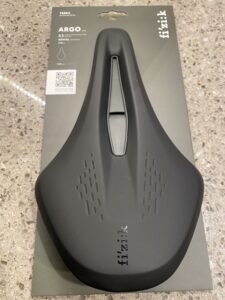
The Terra Argo saddles utilize a short-nose design with a long central cutout, which Fizik says encourages stability and relieves pressure on sensitive areas. From a practical standpoint, the short-nose shell positions the rider slightly forward relative to a more traditional saddle shape. And while that might sound like a negative to some riders (who prefer a more rearward saddle position), the generous fore-to-aft adjustment range on the rails should accommodate most riders’ preferred position.
The carbon-reinforced nylon shell works with Fizik’s unique ‘Mobius’ rail design and Type 2 foam to absorb bumps and vibration before they reach the rider. The shell flexes easily around the closed rear rail loop, making the ride quality more compliant than a number of other performance-oriented saddles. Despite this, the shape of the Terra Argo X.3 feels more like a racing saddle than a dedicated comfort model.
This combination of performance-oriented shape and smooth ride is a desirable mix of traits for a lot of adventure and long-haul gravel cyclists. That said, the feel of the Terra Argo X.3 may be a bit too soft for riders who prefer a firm, responsive ride quality. As always with saddles, it’s good to try before you buy.
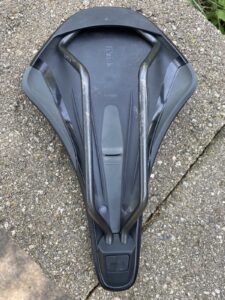
Our test Terra Argo X.3 saddle weighed in at 256g – 2g less than claimed. Relative to other saddles I’m currently riding, notably the PRO Stealth Offroad and Tioga UnderCover Stratum Ti, the Terra Argo X.3 is 50-60g heavier. For some this might be an issue, but for me it was a small price to pay for such a comfortable, versatile saddle.
From what I can tell, there are just a couple differences between the Terra Argo models. Both share the same carbon-reinforced nylon shell and Type 2 foam, but differ in cover and rail materials. The X.3’s K-ium hollow rail is ever so slightly lighter than the S-Alloy rail on the X.5, and the textured cover of the X.3 is different from the X.5’s smooth cover. This makes the $99.99 Terra Argo X.5 seem like a bargain. It gives up just 13 grams on the scale to the $129.99 X.3, with little to no sacrifice in ride quality or durability.
On the Road
I’ve always preferred running my saddle in a more forward position and the Terra Argo X.3 easily accommodates my needs. I’ve ridden the Terra Argo X.3 on five different bikes and it easily achieved my desired position on each bike, with room to move both directions on the rails.
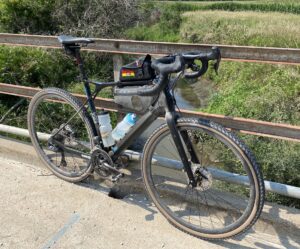
On the road, the Terra Argo X.3 was immediately comfortable – no break in period needed. It’s easy to feel the tuned flex in the shell working with the padding to actively reduce bumps and vibration, especially when comparing it back-to-back with other saddles with stiffer shells. In many ways, the Terra Argo X.3 feels like a Brooks Cambium saddle in the ‘hammock effect’ you get, which works very effectively at smoothing the ride without feeling like you’re wallowing in padding.
I have to admit to at first not being overly impressed by the feel of the cover material Fizik chose for the Terra Argo X.3. Relative to other saddles of a similar price, such as the PRO Stealth Offroad, the cover feels somewhat plasticky and slippery in the hand. That said, over time my criticism here has softened. The cover feels good on the road and is certainly durable. In fact, the Terra Argo X.3 looks brand new, even after more than 1,000 miles of riding.
The Final Word
As I prepare to tackle the 303-mile Gravel Worlds Long Voyage in August, I’ve been thinking a lot about saddles. In my quest to find the best saddle for that event, I’ve pitted a number of my favorite saddles up against the Terra Argo X.3. After mounting and riding each saddle on the GT Grade Carbon Pro I’ll be using in the Long Voyage, it’s clear the Terra Argo X.3 offers the best combination of comfort, support and ride quality for me.
If you’re looking for a saddle that’s built for comfort over the long haul, the Fizik Terra Argo X.3 well worth considering. Stop by your local bicycle retailer or visit the Fizik website to learn more.


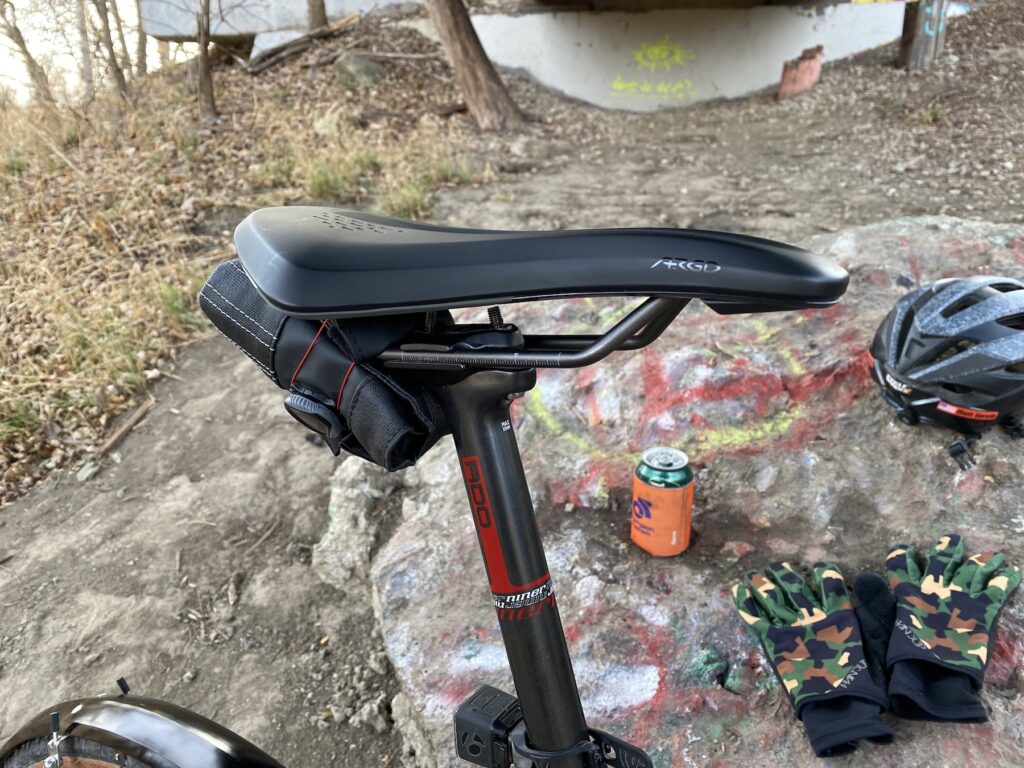
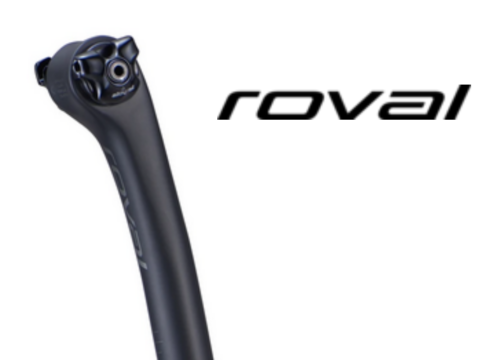
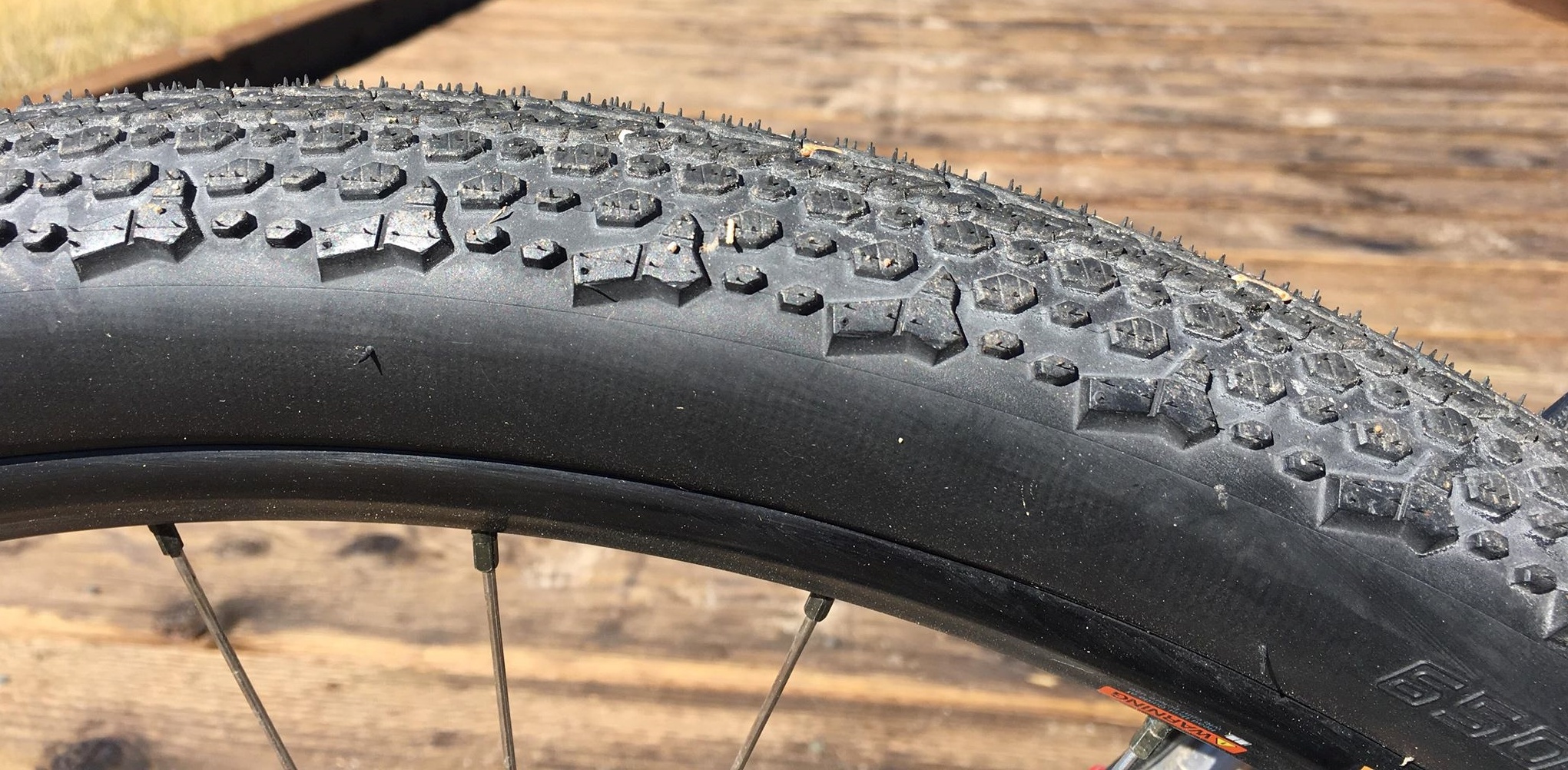
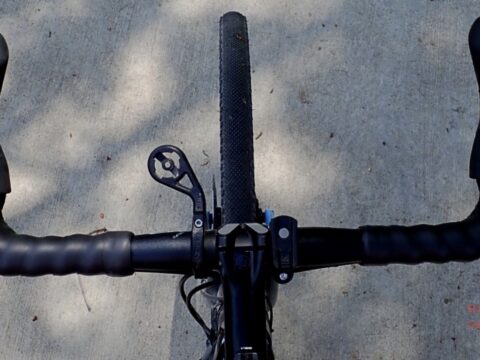
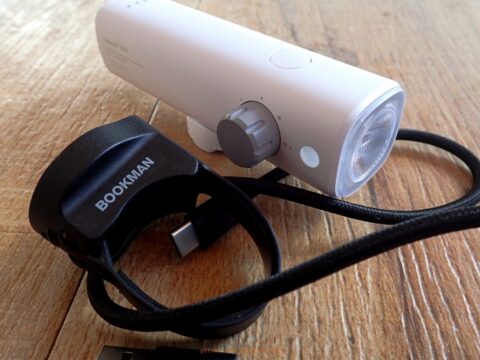
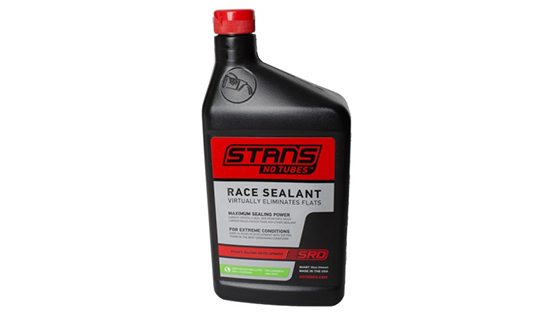

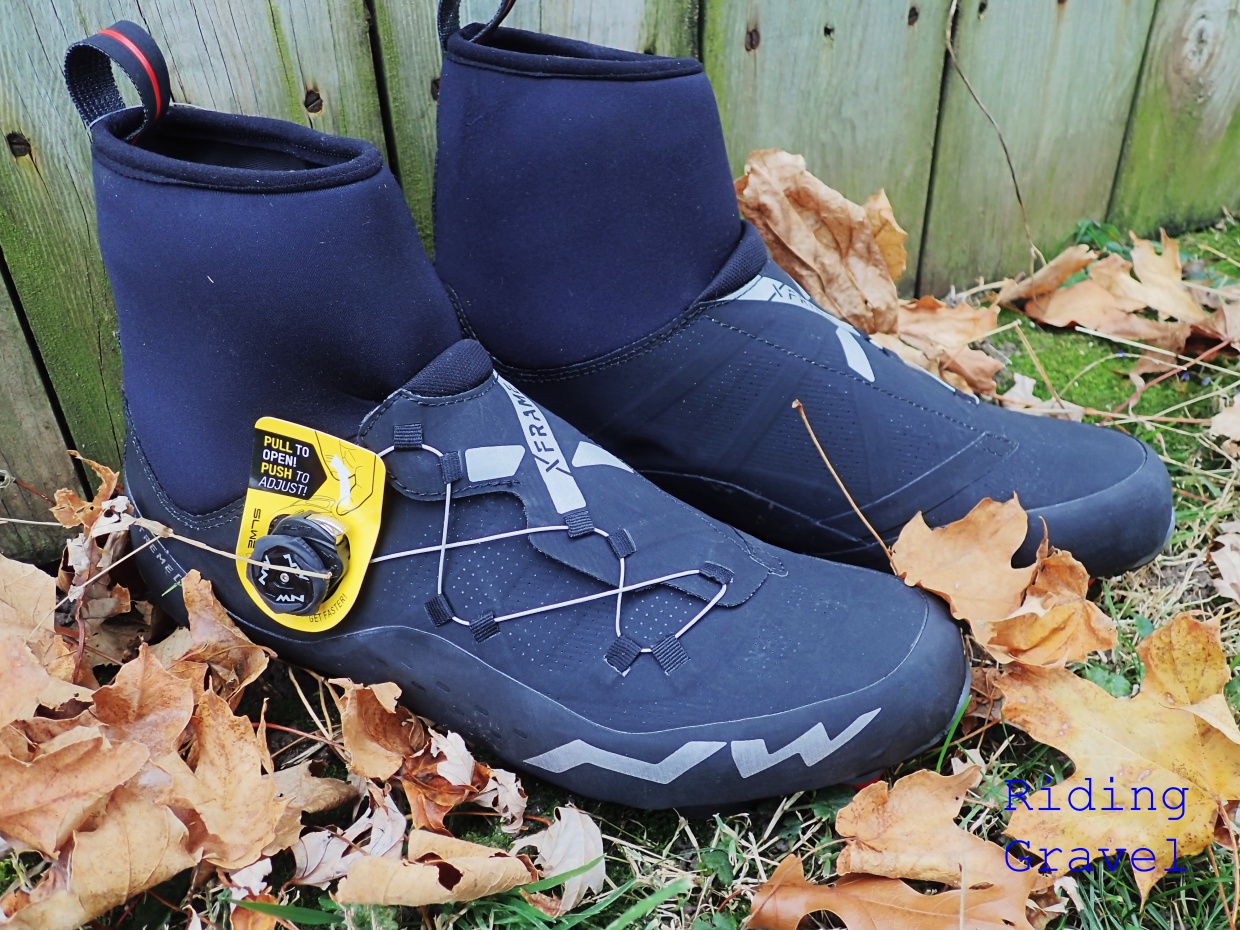
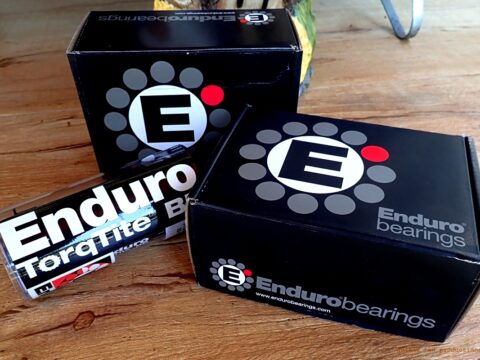

have you ridden the Argo Tempo? I am curious how the cushion compares?
Hey @Matthew – I haven’t ridden the Argo Tempo, so I can’t compare the two models directly, however based on the similarities and differences between the two saddles, I can make a few guesses as to how they’d compare.
Both saddles use Fizik’s “Type 2” saddle foam, however the Terra Argo uses a different method of attaching the rails at the rear of the saddle, so I suspect the shell of the Terra Argo feels softer than the Argo Tempo. The large cutout of the Argo Tempo also means your weight will be carried by less saddle, particularly in the mid-saddle. I’m not sure I’d be a fan of that, personally, but it’s something I’d have to try to be sure.
Finally, for gravel riding, the protected cutout of the Terra Argo is very appealing, especially after having just finished the 300-mile Long Voyage at Gravel Worlds, where it was quite wet and muddy in the first 150 miles of the event. If mud and water had been being blasted at my taint for 150 miles, I probably wouldn’t have been too keen on riding another 150 miles, so for that reason alone, I give the Terra Argo the win, for me at least. It’s a very comfortable saddle.
Thanks for reading!